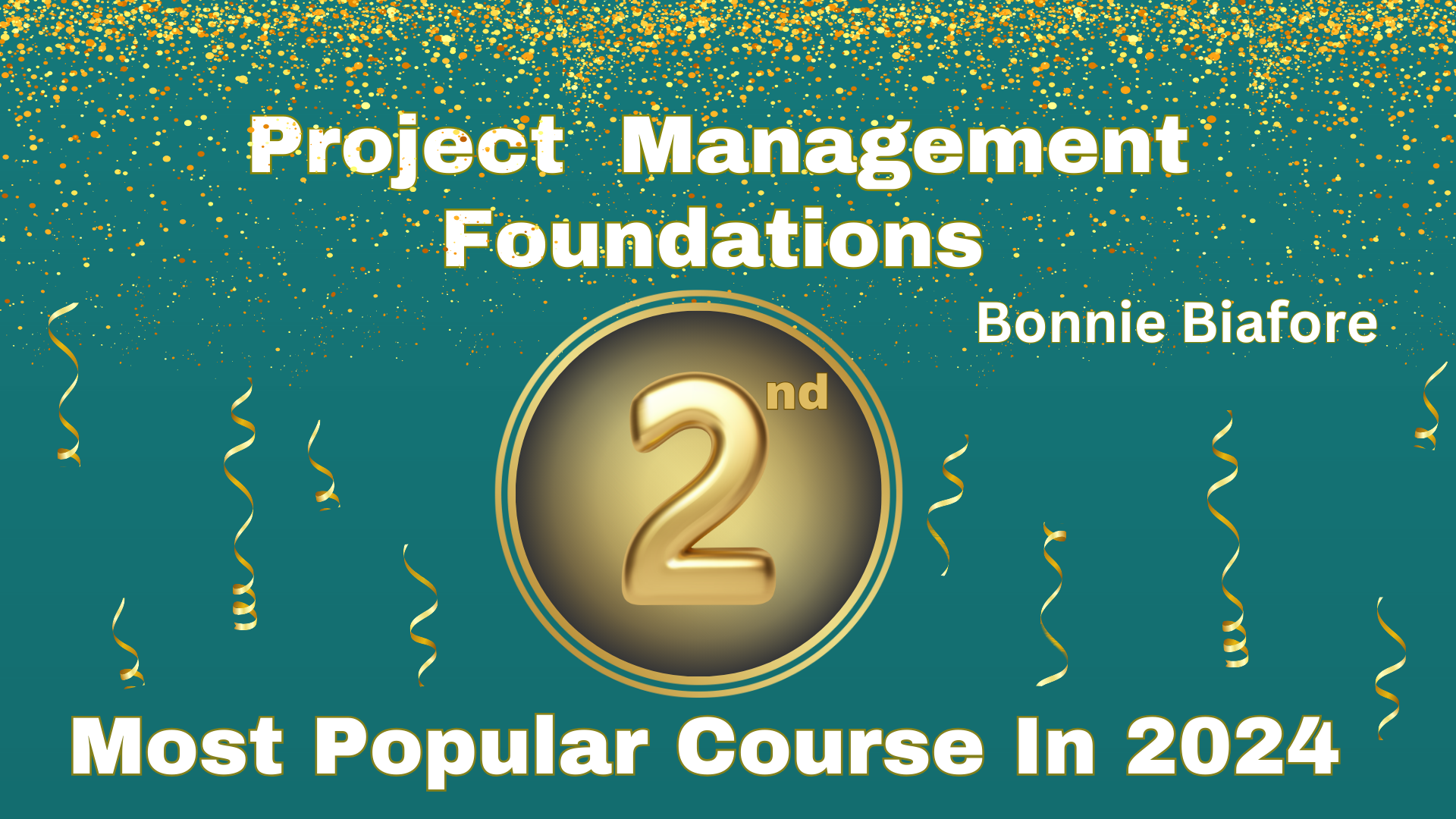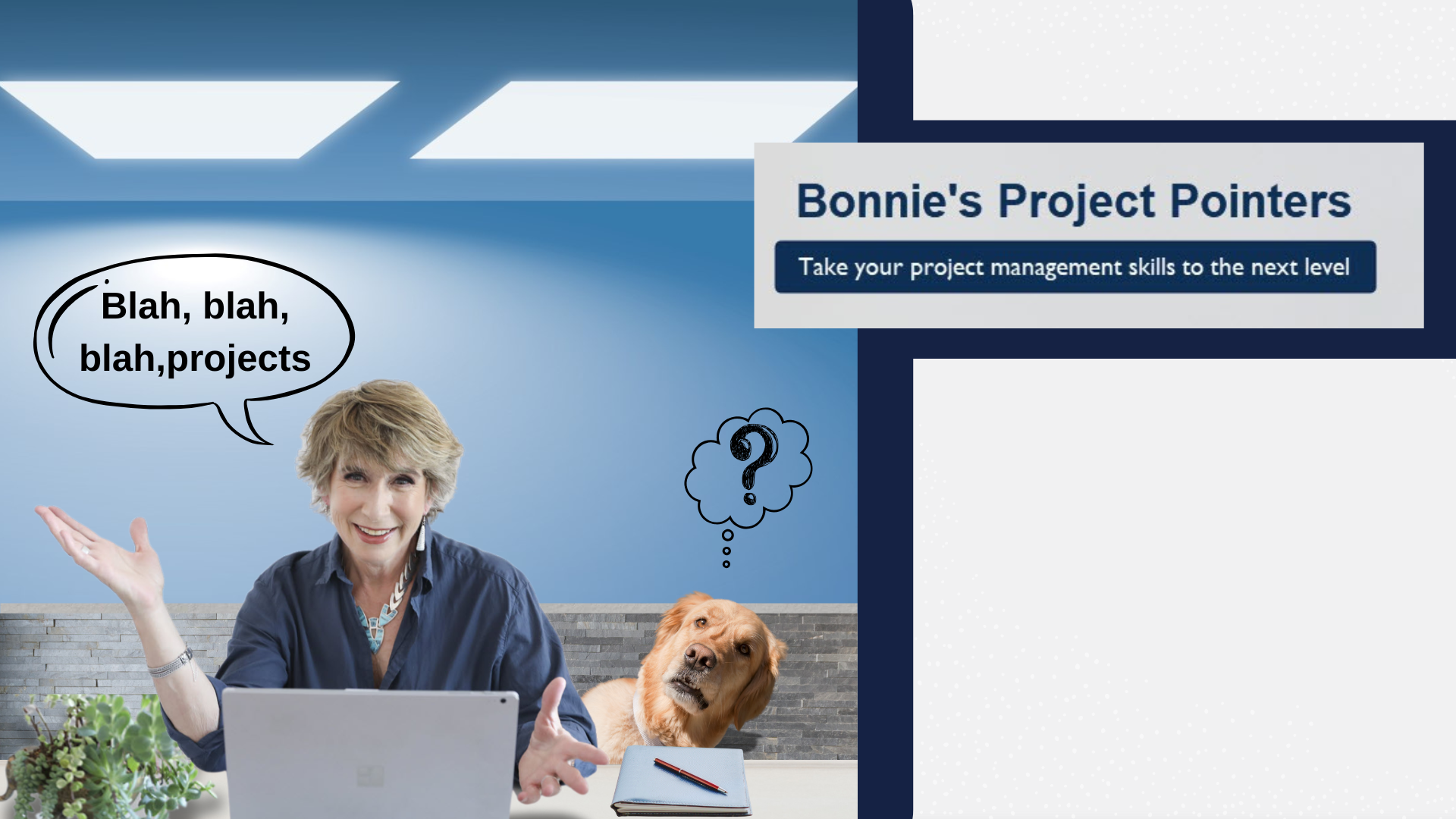Why Introverts Make Great Project Managers
There’s a common myth that great project managers have to be loud, outgoing, and constantly in the spotlight. In reality? Some of the best project managers are introverts. This article by Anna Lung’aho Anderson explains not only why but how introverts can lean into their strengths to manage projects.
Think about it. Introverts are natural deep thinkers. They are strong listeners and thoughtful communicators. They don’t just talk; they observe, analyze, and strategize. These qualities make for incredibly effective leadership, even in a role that requires managing teams and engaging with stakeholders.
But here’s where it gets tricky. Many introverts hesitate to step into leadership roles because they assume they’re at a disadvantage. They see their extroverted peers effortlessly commanding attention in meetings, networking with ease, and jumping into conversations without hesitation. It’s easy to think, “Maybe I’m not cut out for this. Maybe this is not for me.”
It turns out that introverts don’t have to change who they are to succeed as project managers. They just need to lean into their natural strengths.
- Deep listening leads to better problem-solving. While others rush to speak, introverts take time to truly understand issues, leading to more thoughtful decision-making.
- Strategic thinking makes them proactive leaders. Instead of reacting impulsively, introverts plan ahead, minimizing risks before they become problems.
- Thoughtful communication fosters strong relationships. Introverts might not be the loudest in the room, but when they speak, people listen—because their words are intentional and impactful.
The key isn’t becoming more extroverted. It’s about leveraging what already makes you great. Confidence in leadership comes from knowing how to lead in your own way.
If you’ve ever doubted that you can succeed as a project manager because you’re an introvert, know this: your quiet strengths can make you an exceptional leader.
Here are some FAQs asked at a recent Office Hours LinkedIn broadcast that Anna and Bonnie did:
- How important is setting boundaries as an introvert while still showing confidence?
- Very important! Boundaries help you protect your energy and focus. Setting them confidently shows leadership, not weakness.
- What if focused thinking time is misunderstood as isolating?
- Communicate upfront: “I’m taking an hour to strategize and will circle back.” That shows leadership, not isolation.
- How can introverts lead meetings effectively?
- Prepare a clear agenda, guide the conversation with purpose, and summarize decisions. You don’t have to be loud to lead well.
- Are there other ways to grow as a leader besides meeting prep?
- Daily reflection, practicing assertive communication, taking small leadership roles, and finding a mentor are great ways to build leadership muscle.
- How do I network on LinkedIn when recruiters are overwhelmed?
- Personalized messages are key. Reach out to peers and recruiters with genuine curiosity, not just job asks. Make connections intentional and not transactional. Add a note when connecting and be ready to utilize the time to build relationships.
- How do I present confidently in high-stake meetings?
- Prepare, speak clearly and concisely, and don’t be afraid to pause before answering. Visual aids help, too.
- How do I prep for meetings without working late?
- Block time during the day, use templates, prioritize, and delegate when possible.
- Does family management count as project management experience?
- Yes! Organizing, budgeting, and coordinating are real PM skills. Frame them that way!
Does this resonate with you? What’s been your biggest challenge (or advantage) as an introverted project manager?
What’s one strength you’re ready to embrace as an introverted PM?
We’re cheering you on!
For more about how to put your introvert strength to work in project management, check out Anna’s course, Succeeding in Project Management as an Introvert.
 My course Project Management Foundations was #2 in LinkedIn Learning’s Most Popular courses of 2024. Watch it for free with this link!
My course Project Management Foundations was #2 in LinkedIn Learning’s Most Popular courses of 2024. Watch it for free with this link!
_______________________________________
This article belongs to the Bonnie’s Project Pointers newsletter series, which has more than 88,000 subscribers. This newsletter is 100% written by a human (no aliens or AIs involved). If you like this article, you can subscribe to receive notifications when a new article posts.
Want to learn more about the topics I talk about in these newsletters? Watch my courses in the LinkedIn Learning Library and tune into my LinkedIn Office Hours live broadcasts.




